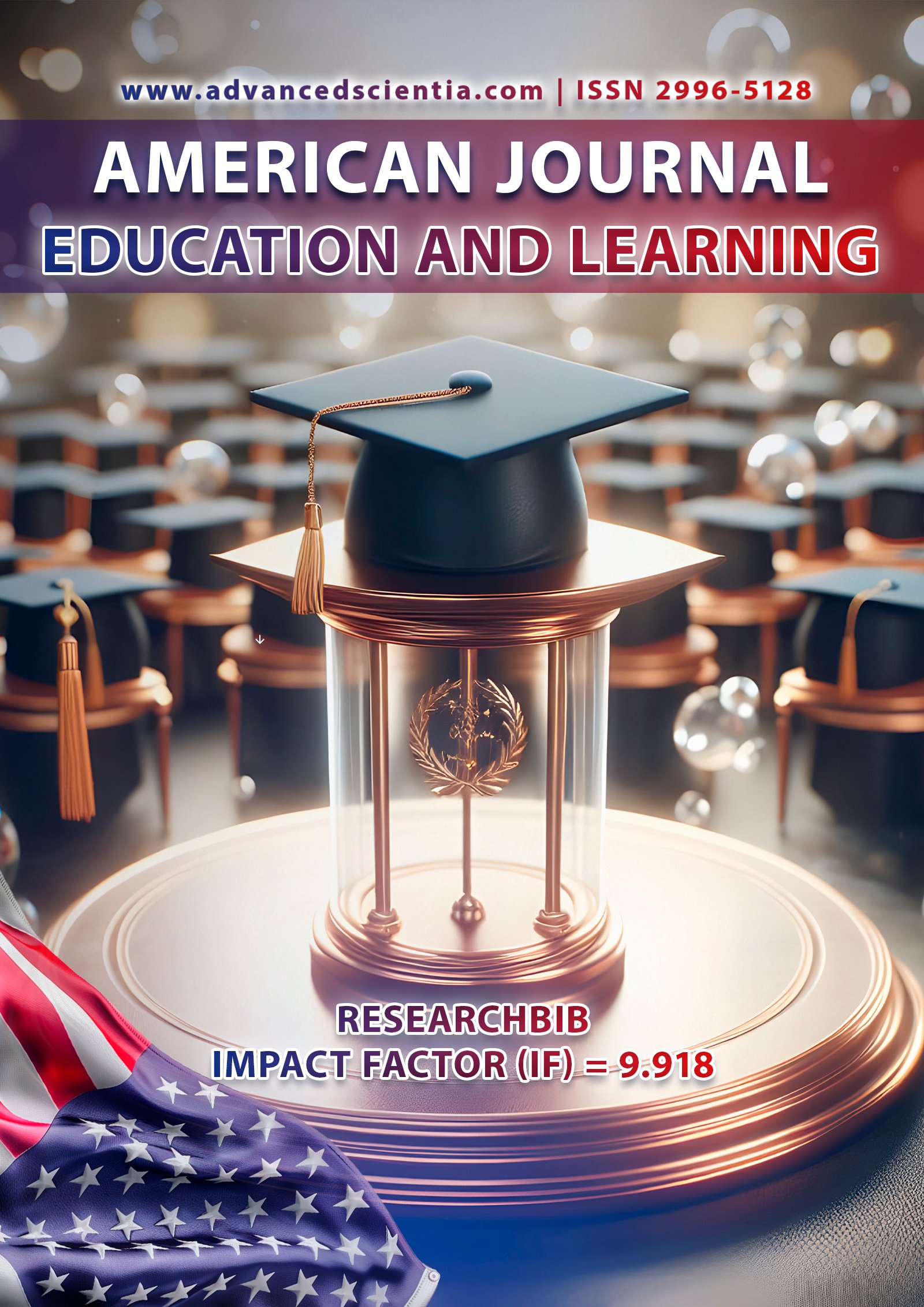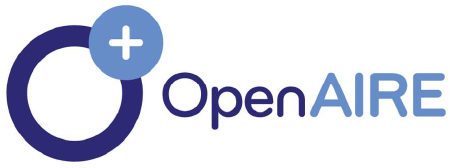THE USE OF INTERACTIVE METHODS AND ARTIFICIAL INTELLIGENCE IN TEACHING THE RUSSIAN LANGUAGE
Abstract
This paper explores the integration of interactive methods and artificial intelligence (AI) in teaching the Russian language. The study highlights the advantages of AI-driven tools and interactive approaches in enhancing student engagement, motivation, and overall language proficiency. It also discusses challenges and potential solutions for implementing AI in language education. The research emphasizes the need for a balanced combination of AI and traditional teaching strategies to maximize learning outcomes.
References
1. Alekseeva, L. (2020). Artificial Intelligence in Language Learning: Applications and Challenges. Moscow: Russian Linguistic Institute.
2. Brown, H. D. (2019). Principles of Language Learning and Teaching. New York: Pearson Education.
3. Ivanov, S., & Petrova, T. (2021). Gamification and AI in Teaching Russian as a Foreign Language. Journal of Educational Technology, 35(2), 78-95.
4. Krashen, S. (2020). The Input Hypothesis: Implications for AI-Based Learning. Language Acquisition Research, 12(4), 45-60.
5. Smith, J. (2018). Virtual Reality in Language Education: A Case Study of Russian Language Learners. Educational Technology Review, 30(1), 112-130.
6. Sokolova, M. (2022). AI and Interactive Learning Strategies in Higher Education. St. Petersburg: Academic Press.
7. Zaitsev, A. (2023). The Future of AI in Language Education: Trends and Perspectives. Russian Journal of Applied Linguistics, 28(3), 150-170.






















